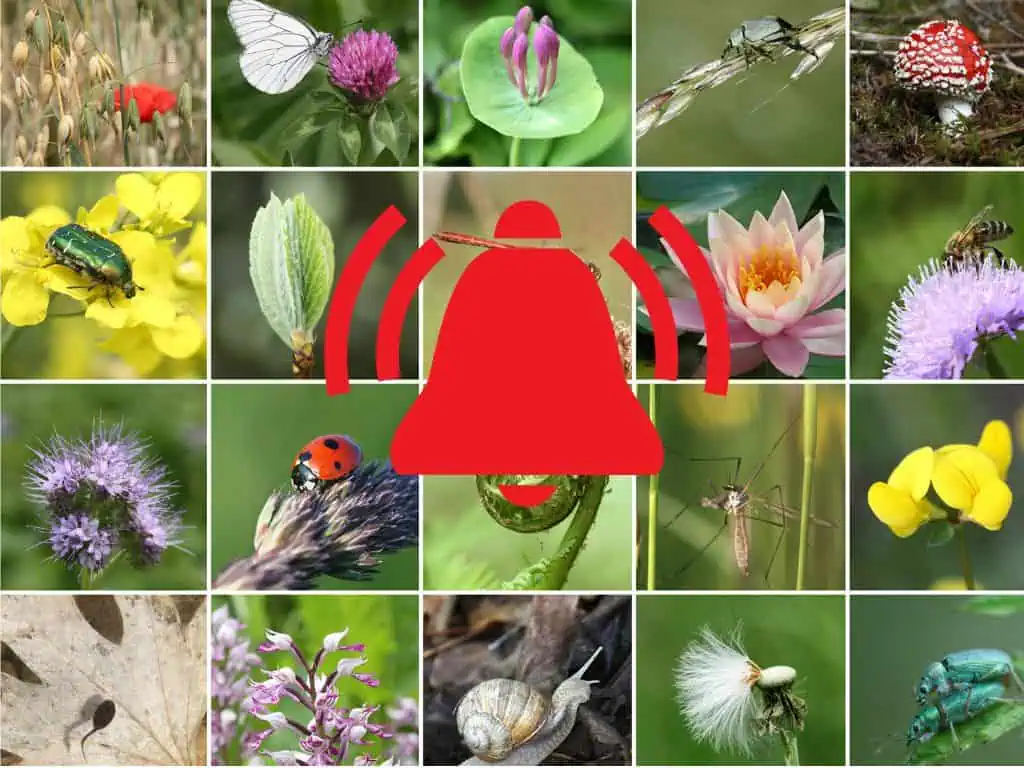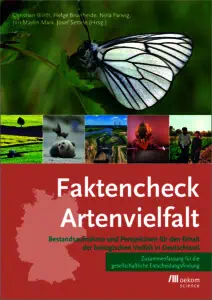Biodiversity fact check with alarming results
Increasing biodiversity is one of the topics to which more and more golf courses around the world are committing themselves. In Germany, four universities are currently working on this as part of the Golf Biodivers research project. Scientists have now presented the Biodiversity Fact Check, which is the latest report on the topic of biodiversity in Germany and contains generally alarming findings.
Only isolated positive results
Alexandra-Maria Klein from the University of Freiburg, who is also involved in the Golf Biodivers project, expressed her concern at a press conference held to mark the publication of the Biodiversity Fact Check report. The large number of negative developments in particular was “quite frustrating”, she said. Despite some positive aspects, Klein was “more shocked than pleased”. Her colleague Helge Bruelheide, Professor of Geobotany at Martin Luther University Halle-Wittenberg, also spoke of a “very sad trend”.
Around 150 authors contributed to the 1000-page report and conducted a comprehensive inventory of biodiversity in Germany. The developments in various habitats were examined, including agricultural and open land, forests, inland waters, floodplains, coasts and urban areas. The results show: The diversity of habitats is decreasing significantly. More than half of the habitat types in Germany are in an ecologically unfavorable state. Particularly affected are grassland areas such as meadows and pastures, formerly species-rich fields as well as moors and marshes. “Valuable habitats are still disappearing,” say the scientists in the report. A third of species are severely endangered or worse As a result, numerous species populations have declined sharply. Of the approximately 72,000 native animal, plant and fungal species in Germany, around 40 percent have been assessed for their endangerment and documented in Red Lists. A third of these species are considered critically endangered or threatened with extinction. The situation is particularly alarming for reptiles and amphibians as well as numerous insect groups such as ants, butterflies and bees. According to Klein, the bumblebee, the fruit bumblebee and the dyke bumblebee are almost extinct in agricultural areas. https://golfsustainable.com/golf-braucht-das-grabende-tier/ According to the report, the greatest losses in biodiversity occurred up to 1970. This was mainly due to factors such as land sealing, monocultures, river straightening, untreated wastewater and the large-scale drainage of floodplains and moors. Since then, populations have continued to decline, with modern agriculture playing a major role. Despite the reduced use of pesticides, their toxicity has increased, which continues to put pressure on neighboring ecosystems.
Subscribe to our newsletter!
News & trends about sustainability in golf
Despite the many negative developments, there are also glimmers of hope: Klein and her colleagues see potential for a recovery in biodiversity in Germany. The report shows that targeted measures to protect habitats and species can be successful. As part of the Golf Biodivers project, which is funded by the Federal Agency for Nature Conservation and carried out by the German Golf Association, the question of how extensive areas on golf courses can be sensibly enhanced to increase biodiversity is being investigated. This includes, for example, forest edges or meadow areas outside the fairways. The full report is available to download free of charge. https://golfsustainable.com/golfbiodivers-tagfalter-und-pflanzenarten-dokumentieren-artenvielfalt/








